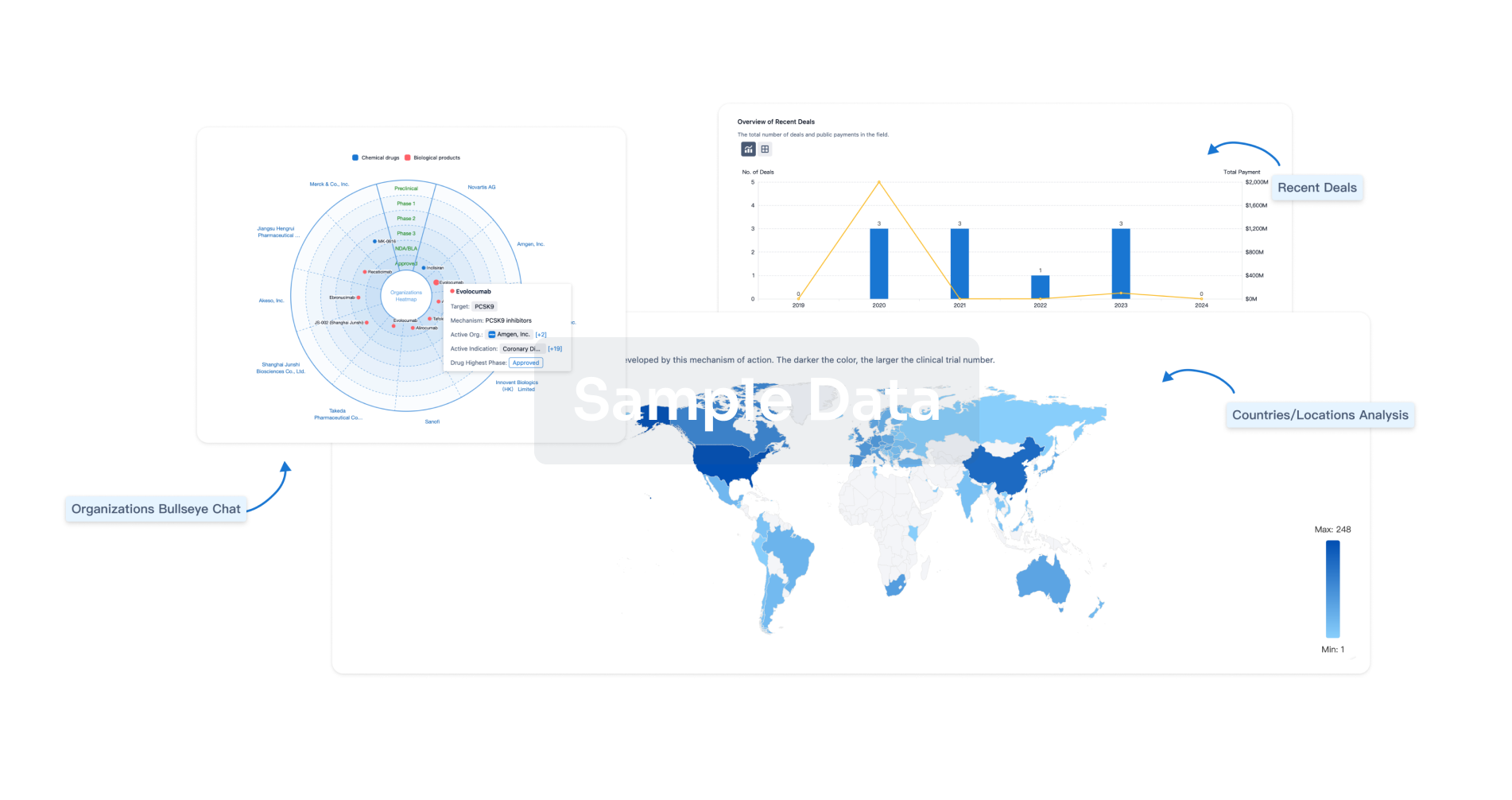Request Demo
Last update 08 May 2025
AQP9
Last update 08 May 2025
Basic Info
Synonyms AQP-9, AQP9, Aquaglyceroporin-9 + [5] |
Introduction Aquaglyceroporins form homotetrameric transmembrane channels, with each monomer independently mediating glycerol and water transport across the plasma membrane along their osmotic gradient (PubMed:10564231, PubMed:30420639, PubMed:35054513, PubMed:9514918). AQP9 is the primary route for glycerol uptake in hepatocytes, supporting hepatic gluconeogenesis (By similarity). It exhibits broad specificity and may transport various small, non-charged solutes, including carbamides, polyols, purines, and pyrimidines (PubMed:10564231). AQP9 may also facilitate hepatic urea extrusion (PubMed:10564231, PubMed:9514918). Due to its permeability to lactate, AQP9 might participate in the astrocyte-to-neuron lactate shuttle, supplying neurons with energy (PubMed:10564231, PubMed:35054513). Additionally, AQP9 is permeable to arsenite, contributing to arsenic excretion by the liver and providing partial protection against arsenic toxicity (PubMed:10564231). It is also permeable to H2O2 in vivo (PubMed:26837049). Could also be permeable to ammonium (By similarity). |
Analysis
Perform a panoramic analysis of this field.
login
or

AI Agents Built for Biopharma Breakthroughs
Accelerate discovery. Empower decisions. Transform outcomes.
Get started for free today!
Accelerate Strategic R&D decision making with Synapse, PatSnap’s AI-powered Connected Innovation Intelligence Platform Built for Life Sciences Professionals.
Start your data trial now!
Synapse data is also accessible to external entities via APIs or data packages. Empower better decisions with the latest in pharmaceutical intelligence.
Bio
Bio Sequences Search & Analysis
Sign up for free
Chemical
Chemical Structures Search & Analysis
Sign up for free
